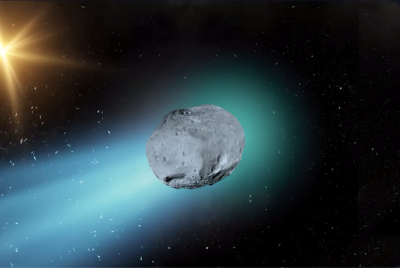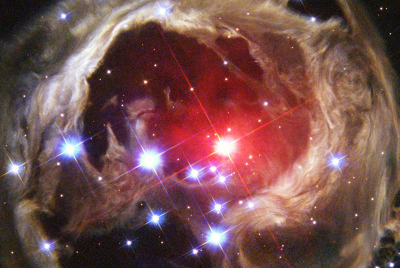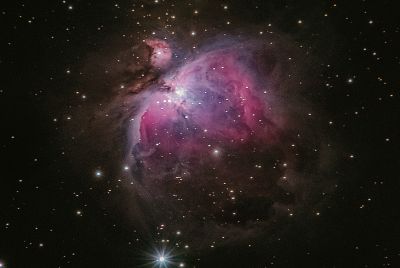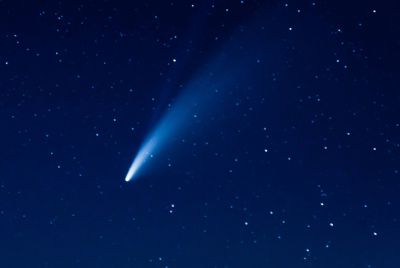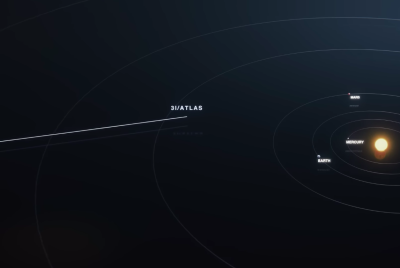Doppler Code? Experts Claim 3I/Atlas Is Sending a Signal Back Toward Earth
Mysterious interstellar object 3I/ATLAS puzzles experts.
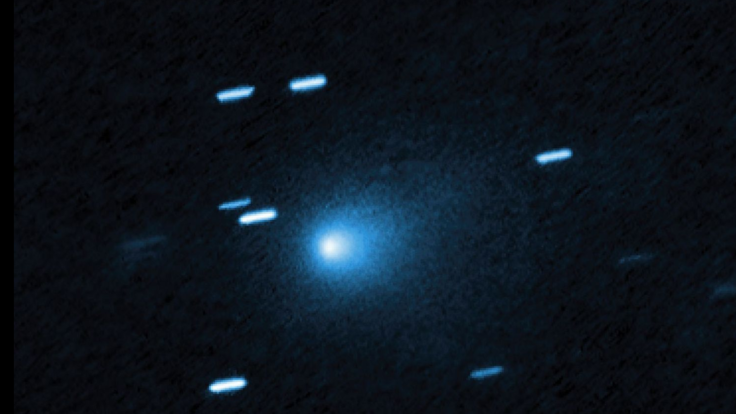
A mysterious pulse appears to be echoing through the cosmos, and some believe the interstellar traveller 3I/ATLAS might be sending it home.
Two Theories Emerge
As 3I/ATLAS speeds through the Solar System, scientists and sky-watchers find themselves divided. One camp argues it is merely another interstellar comet, behaving as physics predicts. The other, inspired by online discussions and a viral analysis titled "Why 3I/ATLAS Isn't a Comet—It's an Extraterrestrial Probe: A Fact-Based Deep Dive" (Posted on X), suspects that something far stranger might be unfolding.
Is 3I/ATLAS a lump of frozen rock and dust from another star system, or could it be a probe quietly sending a coded signal back toward Earth?
The Scientific Case: A Natural Visitor
Astronomers observing 3I/ATLAS since its discovery in 2025 have described it as the third confirmed interstellar object ever detected, following ʻOumuamua and Borisov.
It comes with several key features such as a hyperbolic orbit, consistent with an object entering from deep interstellar space and a coma and faint tail which is the dusty hallmark of sublimating ice.
Peer-reviewed research has so far supported this view. Studies published through the ArXiv and noted by Sky at Night Magazine and Planetary Society show no measurable radio transmission or anomalous propulsion. Scientists suggest that minor observational inconsistencies, like the object's brightness variation, may result from uneven outgassing rather than intelligent design.
The Counter-View: A Whisper in the Data
Yet not everyone is convinced. Independent researchers, data analysts and technologists following 3I/ATLAS online have noted patterns that seem to hint at more than coincidence. Some radio astronomers have reported faint Doppler-shifted signals in frequencies overlapping the object's trajectory, unexplained but intriguing.
Those exploring the "probe" possibility point to several open questions such as "Why does 3I/ATLAS appear to adjust its orientation more predictably than expected for a tumbling comet?" and "Why are some spectral readings missing expected dust components?"
While these anomalies remain unverified, they fuel the notion that 3I/ATLAS might be more than a natural wanderer, perhaps an ancient artefact, broadcasting data home or responding to our instruments.
Doppler Mystery or Digital Mirage?
The heart of the current fascination lies in a peculiar Doppler signature. Observers have reported a rhythmic frequency shift that, at first glance, mimics encoded communication. If real, it could suggest that the object is both detecting and responding to external stimuli, potentially even our radar pings.
However, many experts caution that Doppler noise often arises from background cosmic interference, equipment calibration, or terrestrial signal contamination. Without confirmation from multiple independent observatories, such claims remain speculation.
Why 3I/Atlas Isn't a Comet—It's an Extraterrestrial Probe: A Fact-Based Deep Dive
— Nibiru (@JinxedHorizon) October 19, 2025
Alright, truth-seekers and star-gazers—let's cut through the official "it's just a rock" narrative. 3I/Atlas has been screaming "not from around here" since its discovery, but as it hurtles toward… pic.twitter.com/gY37Sc2c7a
The Balance of Evidence
For now, mainstream astrophysics leans towards caution. They maintained that there is no verified transmission detected from 3I/ATLAS and its chemical composition matches that of natural comets. Also, its behaviour and decay rate correspond to standard models of interstellar debris.
Still, the competing theory, that it could be an interstellar probe, continues to thrive online and in scientific fringe circles, much as debates once surrounded ʻOumuamua's unusual acceleration.
What Comes Next
International observatories, including those in the UK, are set to track 3I/ATLAS over the coming months as it exits the Solar System. Whether it proves to be an emissary of another civilisation or a remarkable natural relic, researchers agree it represents an unparalleled opportunity to learn.
A Cosmic Riddle in Motion
Ultimately, 3I/ATLAS forces us to confront two equally fascinating possibilities:
Either it is a silent relic of the stars, shaped by cosmic chance, or it is something watching, listening, and signalling back.
Until the data speaks clearly, the mystery remains suspended between science and wonder, a reminder that, in the vastness of space, even cold rock can stir human imagination.
© Copyright IBTimes 2025. All rights reserved.





